Have you ever locked eyes with a cat, only to be met with a mysterious stare that feels both curious and cautious? That’s no accident. Cats have a knack for keeping their hearts guarded, and that slow journey to trust is more than just feline moodiness—it’s a fascinating part of who they are. This trait can be surprising, sometimes even frustrating, but once you understand the reasons behind a cat’s careful approach to trust, you’ll realize it’s one of their greatest gifts. Let’s dive deep into what makes cats tick, why their trust is so hard-won, and why earning it is a truly special experience.
The Legacy of Wild Instincts

Long before cats graced our sofas and window sills, their ancestors roamed wild landscapes, constantly on alert. This history still echoes in domestic cats today. Unlike pack animals, wildcats survived alone, relying on caution and sharp instincts to avoid predators and threats. Every shadow could hide danger, so trusting too quickly simply wasn’t an option. Today’s housecats inherit that same carefulness, observing everything before making a move. These instincts are a powerful survival tool, shaping the way cats relate to humans and their environment. When a cat finally lets its guard down, you’re witnessing a triumph over thousands of years of inherited caution.
Sensitivity to Environment

Cats are incredibly sensitive to their surroundings. A new scent, an unexpected noise, or even a change in furniture can throw them off balance. This heightened awareness means they’re always scanning for safety. It takes time for a cat to feel comfortable in new places or with new people. Their slow acclimation isn’t stubbornness—it’s a thoughtful, methodical approach to making sure they’re safe. This sensitivity often makes them seem aloof, but in reality, they’re just measuring their world, step by careful step. Only when they’re sure nothing poses a threat will they begin to relax and open up.
Unique Communication Styles

Unlike dogs, cats communicate their feelings in subtle ways. A flick of the tail, a soft blink, or a slow approach all carry meaning. These gentle signals are easy to miss if you’re not paying attention. Cats don’t bark or jump up in excitement; instead, they offer their trust in quiet, understated gestures. This unique communication style means you need patience and observation to truly understand them. Learning to read these signs is like unlocking a secret language, one that makes every moment of trust feel like a true accomplishment. When your cat curls up beside you, it’s their way of saying, “I trust you”—no words required.
Early Socialization Matters

The first weeks of a kitten’s life are crucial for developing trust. If kittens are handled gently and exposed to kind humans during this period, they’re more likely to grow into confident, trusting adults. On the other hand, kittens that miss out on positive early experiences may remain wary or shy. This early window, usually between two and nine weeks old, shapes how cats view people for the rest of their lives. That’s why adopting a cat with an unknown past can come with extra challenges—but also extra rewards. Every small step forward, every little sign of trust, becomes even more meaningful.
Individual Personalities at Play
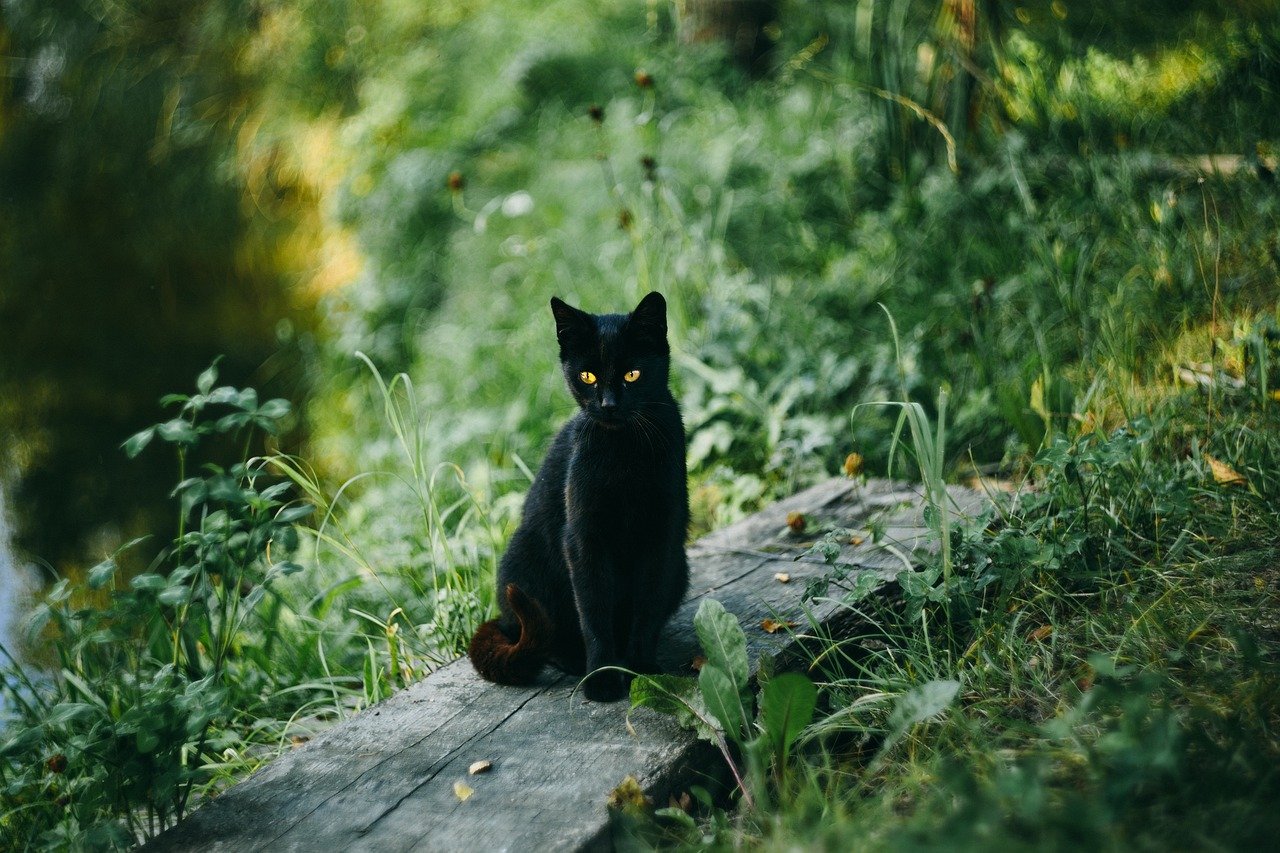
Just like people, every cat has its own personality. Some are natural social butterflies, while others prefer to keep their distance. Genetics, early experiences, and even breed can influence how quickly a cat will trust. Some breeds, like Ragdolls and Siamese, tend to be more sociable, while others, such as Russian Blues, might be more reserved. Even within the same litter, you’ll find outgoing kittens and shy ones. Understanding and respecting a cat’s individual temperament is key to building a strong bond. When you celebrate your cat’s unique personality, you help nurture that elusive trust.
The Power of Patience

Patience is the heart of building trust with cats. Rushing a cat or forcing interactions usually backfires, making them retreat further. Cats notice your calmness and respond to slow, gentle movements. Sitting quietly in the same room, speaking softly, or offering your hand for a sniff are all ways to show you’re not a threat. Over time, these small gestures build up, brick by brick, creating a solid foundation of trust. When you wait for your cat to come to you, rather than the other way around, you’re speaking their language—and the reward is a bond that feels unbreakable.
Respecting Boundaries

Cats are masters at setting boundaries. If they don’t want to be touched or picked up, they’ll let you know with a swish of the tail or a gentle step away. Respecting these signals is crucial for earning their trust. Forcing affection can make a cat wary or even fearful. Instead, letting your cat decide when and how to interact shows respect for their autonomy. When you honor their boundaries, you send a powerful message: “You’re safe with me.” Over time, this mutual respect encourages your cat to take more steps toward you, knowing their feelings matter.
Consistency Builds Confidence

Cats thrive on routine. Feeding them at the same time, using the same tone of voice, and sticking to familiar patterns all help create a sense of security. Inconsistent behavior can make a cat feel wary or anxious, setting back the trust-building process. When you’re predictable, your cat learns what to expect and begins to let go of their fears. Even something as simple as greeting your cat each morning or playing with the same toy every day reassures them. This steady, reliable presence in their lives becomes the bedrock for a trusting relationship.
Understanding Body Language
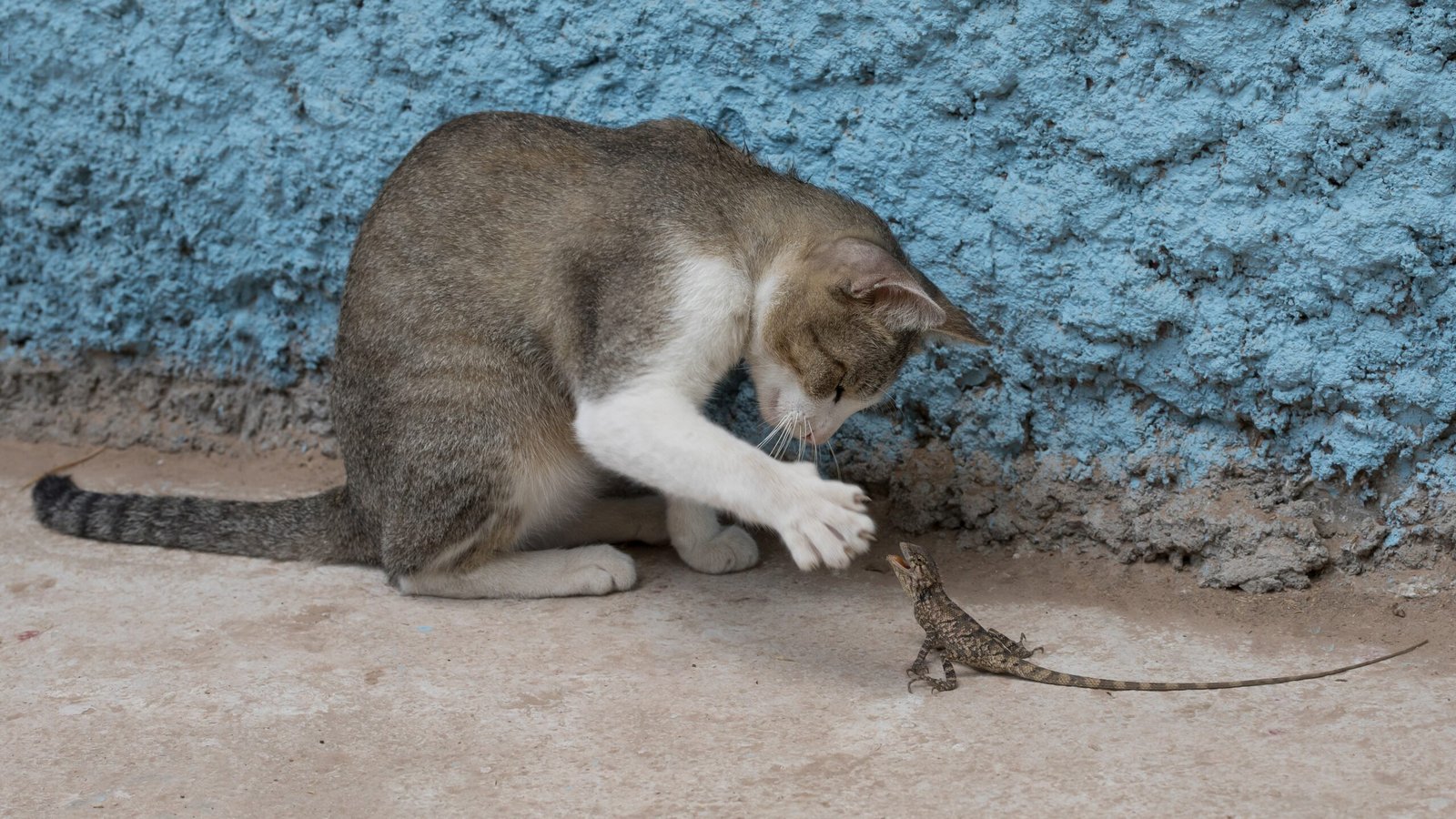
Reading a cat’s body language is essential if you want to build trust. Ears back, dilated pupils, or a fluffed-up tail can signal fear or discomfort. On the other hand, slow blinks, relaxed whiskers, and a gentle purr mean your cat feels safe. Learning to interpret these signals helps you respond appropriately, avoiding actions that might scare or upset your cat. Over time, this sensitivity to their needs creates a deeper sense of understanding. The more you tune in to your cat’s body language, the more your cat will feel truly seen and valued.
Trust as a Two-Way Street

Trust isn’t just about your cat believing in you—it’s also about you believing in your cat. When you give your cat space to explore, make mistakes, or simply be themselves, you’re showing them trust as well. This mutual respect fosters a stronger, more balanced relationship. Every time you allow your cat to approach at their own pace, you’re demonstrating faith in their ability to choose. Over time, this back-and-forth dance of trust creates a partnership that’s rooted in understanding and acceptance.
Overcoming Past Trauma

Some cats have experienced painful or frightening situations before coming into your home. These past traumas can leave lasting scars, making trust even harder to build. For these cats, every new interaction is a test—will you be gentle, or will you repeat old hurts? Earning the trust of a traumatized cat requires extra patience, empathy, and sometimes even professional help. Each small victory, like accepting a treat or sitting nearby, is cause for celebration. Watching a once-fearful cat learn to trust again is a moving reminder of the power of kindness.
The Magic of Slow Progress

With cats, progress is often measured in tiny steps rather than giant leaps. One day your cat might stay in the same room as you; the next, they might brush against your leg. These small milestones are proof of growing trust. It can be tempting to wish for overnight results, but the magic lies in the gradual transformation. Each day brings a new opportunity to show your cat that you’re worthy of their trust. Over time, these moments add up, turning cautious curiosity into genuine affection.
Trust Deepens the Bond
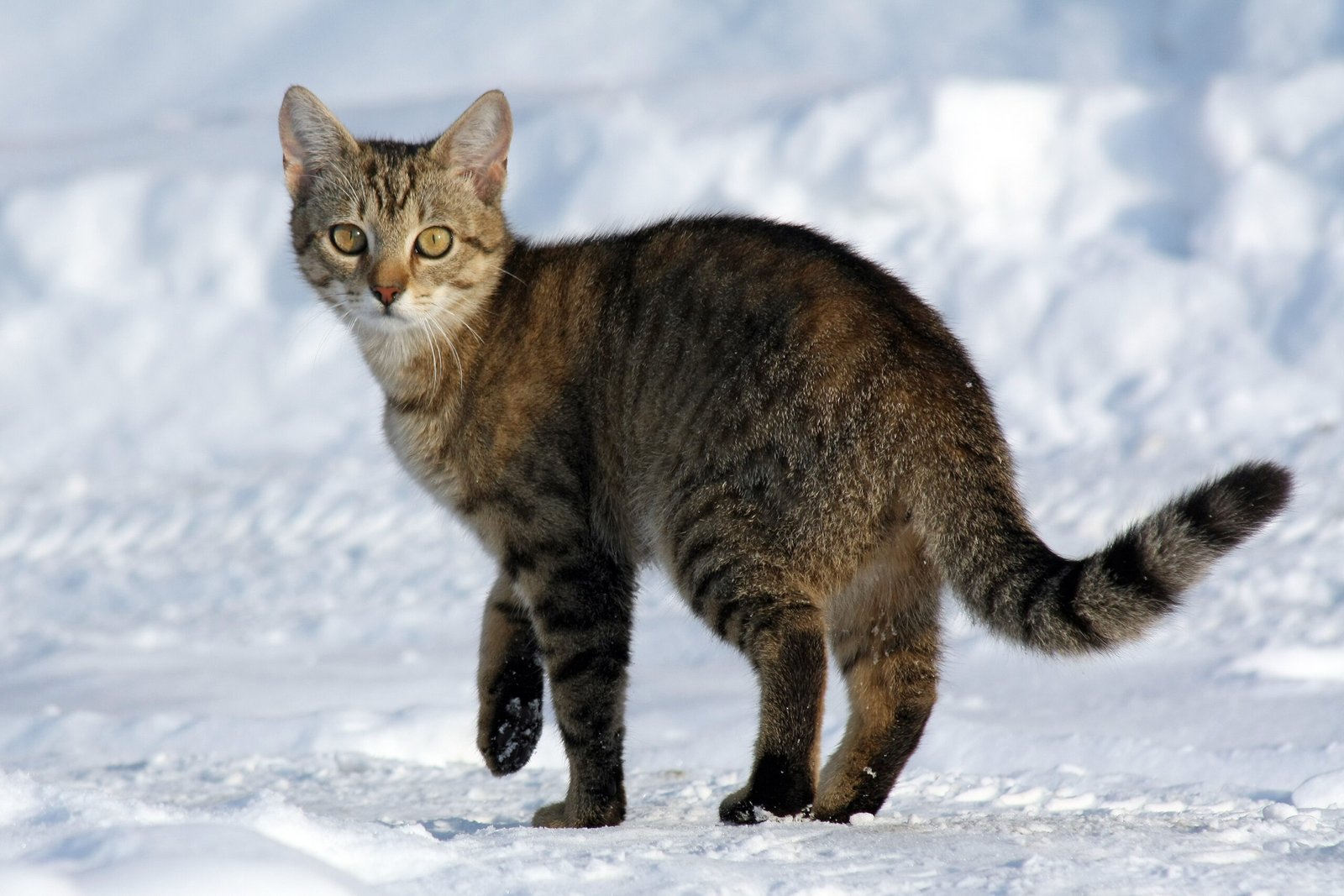
When a cat trusts you, the relationship goes far beyond basic care. You’ll notice your cat seeking out your company, rubbing against your hand, or curling up beside you at night. These tender moments are signs of a deep, abiding bond. Unlike dogs, who might love everyone at first sight, cats reserve their affection for those who have truly earned it. This exclusivity makes their trust feel even more special. It’s not just about being a pet owner—it’s about being chosen, day after day, by a creature who values your presence.
Trust and Playfulness

A trusting cat is a playful cat. When cats feel safe, they let their guard down and engage in chasing, pouncing, and playful wrestling. Play is more than just fun—it’s a sign that your cat feels secure enough to show their true self. Interactive play, like using a wand toy or tossing a ball, helps reinforce the bond between you. These joyful moments are filled with laughter and energy, turning your living room into a playground. When your cat invites you to play, it’s their way of saying, “I trust you to keep me safe, even in my silliest moments.”
Building Rituals Together

Rituals and routines are comforting to cats. Whether it’s a morning cuddle, a nightly treat, or a special way of greeting each other, these shared moments help reinforce trust. Rituals create predictability, which is incredibly reassuring for cats. Over time, these little habits become the glue that holds your relationship together. They transform everyday interactions into meaningful expressions of love and trust. When your cat expects and enjoys these rituals, it’s a sign that you’ve become a reliable part of their world.
Why Some Cats Take Longer
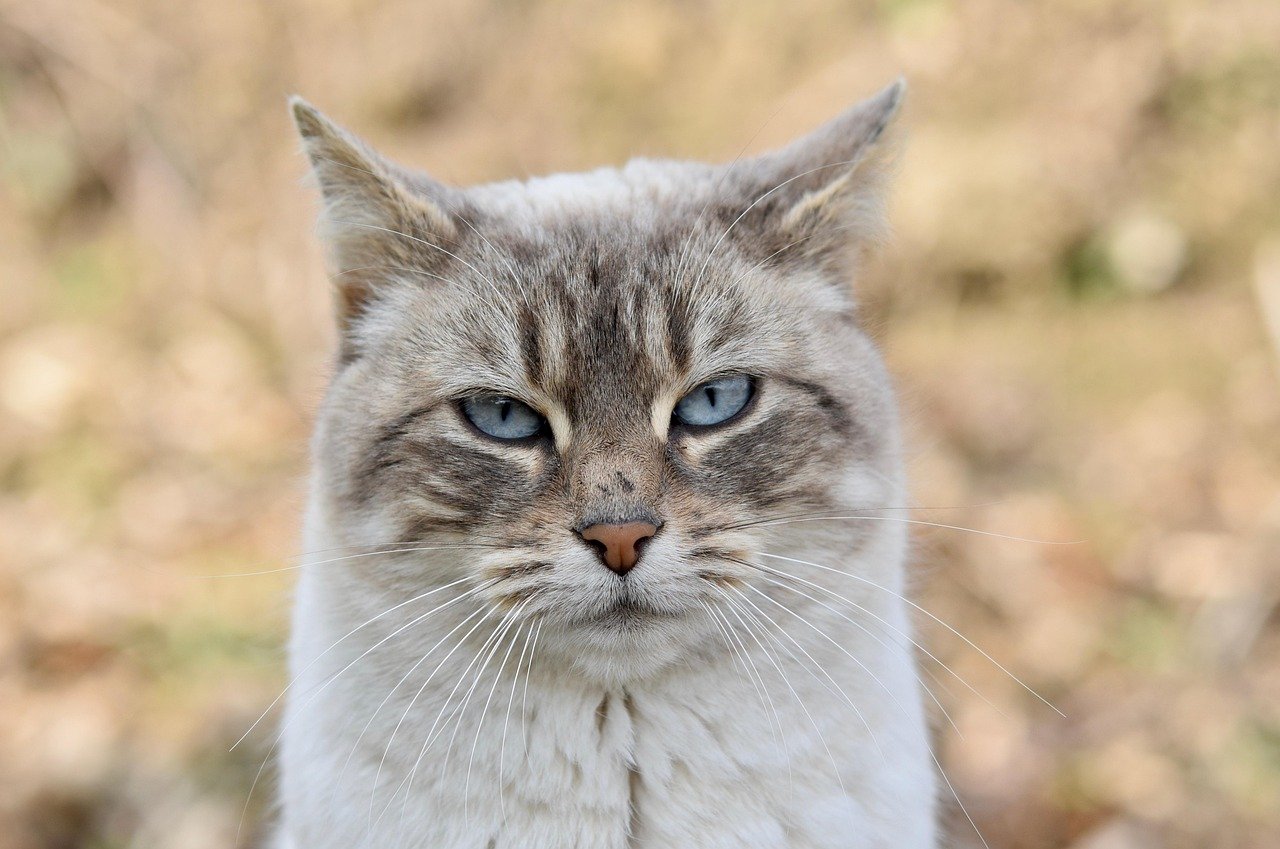
Some cats simply need more time to trust than others. Age, past experiences, and even health can all play a role. Older cats, or those who have had to fend for themselves, might be especially cautious. It’s important to remember that every cat moves at their own pace. Comparing one cat to another does little good. Instead, focus on celebrating each unique journey. The extra time and effort you invest in a slow-to-trust cat often results in a bond that’s incredibly strong and heartfelt.
Trust and Health Go Hand in Hand

Trust doesn’t just make your cat happier—it can also impact their health. Cats who feel secure are less likely to experience stress-related issues like over-grooming, hiding, or digestive troubles. Regular, positive interactions reinforce a sense of safety, which in turn supports overall well-being. Routine vet visits, gentle handling, and consistent care all build on this foundation of trust. When your cat trusts you, they’re more likely to let you care for them, making life healthier and happier for both of you.
Earning Trust Through Food

Food is one of the most powerful ways to earn a cat’s trust. Offering treats, feeding regular meals, and avoiding sudden changes in diet all help reinforce positive associations. Many shy cats will take their first steps toward trust by accepting food from your hand. These moments of sharing create a bridge between caution and comfort. Over time, your cat will begin to associate you with safety and sustenance, making each mealtime a trust-building ritual. Just remember—patience and consistency are key.
Trust as a Lifelong Journey
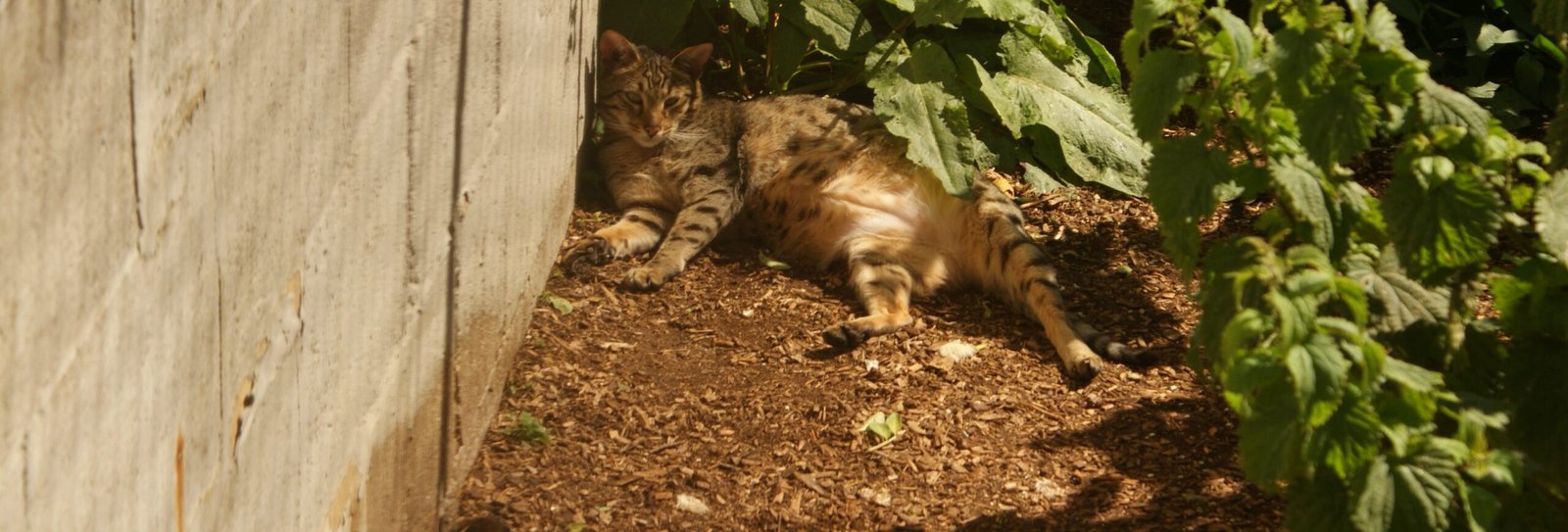
Building trust with a cat isn’t a one-time event; it’s an ongoing process. Even after years together, new situations can test your bond. Changes in routine, travel, or new pets in the home might cause your cat to pull back. The good news is that the trust you’ve built forms a strong foundation. Each challenge becomes another opportunity to show your cat that you’re still there, still trustworthy, and still their safe place. This lifelong journey is filled with ups and downs, but the rewards only grow deeper with time.
The Gift of Being Chosen

Few things compare to the feeling of being chosen by a cat. When your cat finally jumps into your lap, purrs at your touch, or greets you at the door, it’s a moment of pure joy. This hard-won trust is a precious gift, one that’s never given lightly. It’s a reminder that real love takes time, patience, and respect. Every cat who chooses to trust is offering something rare and beautiful—a glimpse into their world, shared only with those who truly deserve it.
Hi, I’m Bola, a passionate writer and creative strategist with a knack for crafting compelling content that educates, inspires, and connects. Over the years, I’ve honed my skills across various writing fields, including content creation, copywriting, online course development, and video scriptwriting.
When I’m not at my desk, you’ll find me exploring new ideas, reading books, or brainstorming creative ways to solve challenges. I believe that words have the power to transform, and I’m here to help you leverage that power for success.
Thanks for stopping by, Keep coming to this website to checkout new articles form me. You’d always love it!






